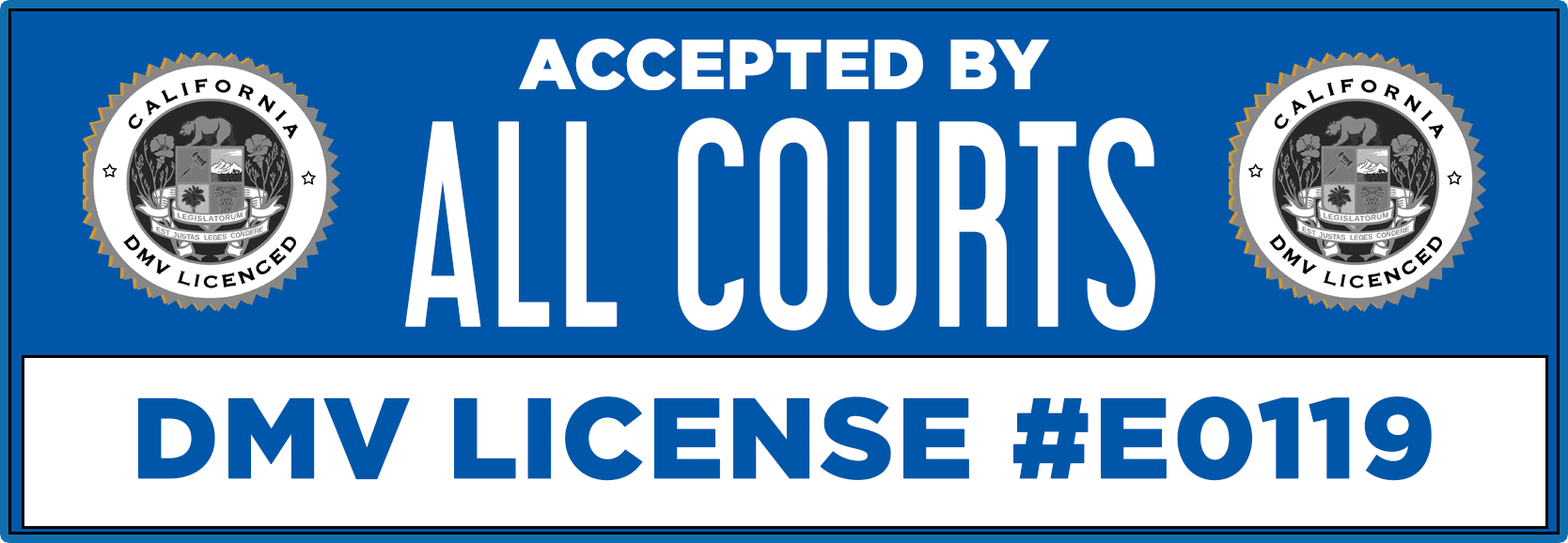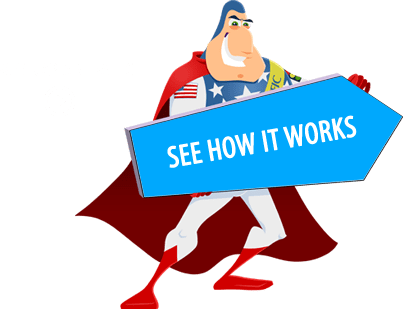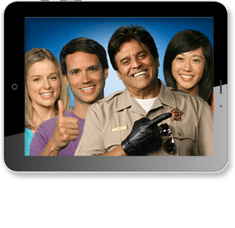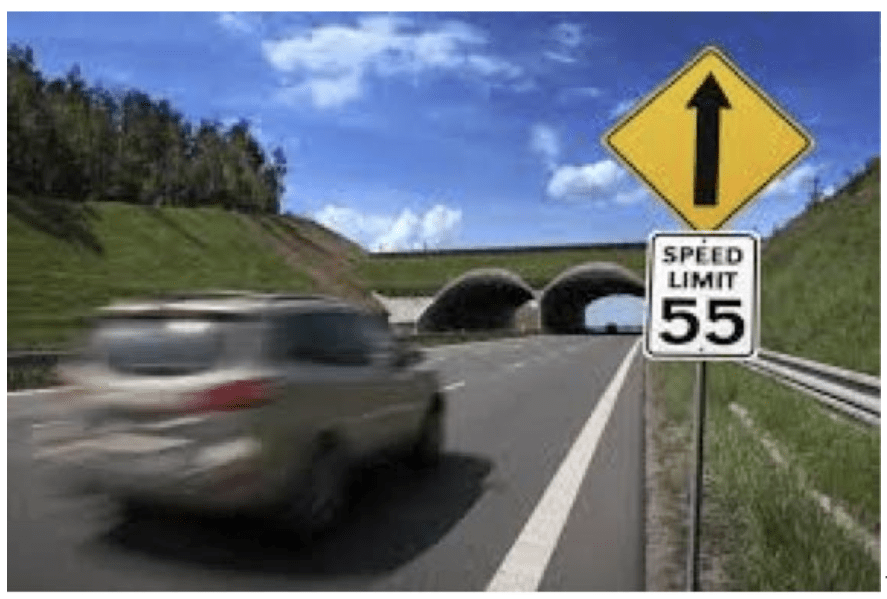
Ways To Communicate With Other Drivers
Drive slower when there are many vehicles close together on the road. Otherwise stopping safely will be harder because you have less room. Drive slower so you can stop in the distance you have.
You should usually drive slower in these places:
- Shopping centers, parking lots, and downtown areas.
- Roads with heavy traffic.
- When you see brake lights coming on several vehicles ahead of you.
- Schools, playgrounds, residential streets.
- Narrow bridges and tunnels.
- Toll plazas.
How Fast Is Traffic Moving?
Collisions tend to happen when one driver is going faster or slower than other cars on the road. If you are going faster than traffic, you will have to keep passing other cars. Each time you pass another car, there is more chance for a collision. The car you are passing may change lanes suddenly. On a two-lane road, an oncoming car may appear suddenly.
True, it may not be a big chance, but if you are passing one car after another, the chances begin to add up. Studies have shown that speeding does not save more than a few minutes in an hour’s driving.
Going slower than other cars or stopping all of a sudden can be just as bad as speeding. It tends to make cars bunch up behind you and it could cause a rear-end crash. If many cars are pulling out to pass you, maybe you should increase your speed to the speed limit or move over into the right lane.
In order to avoid last minute moves, you should look down the road 10 to 15 seconds ahead of your vehicle. A driver needs to look that far ahead to see hazards early. Constantly staring at the road just in front of your car is dangerous. If you look ahead, you will be able to see important things that you can’t see later on, such as someone getting into a parked car.
In the city, 10 to 15 seconds is about one block. When you drive in city traffic, you should look at least one block ahead. On the highway, 10 to 15 seconds is about a quarter of a mile.
Take In the Whole Scene:
Looking 10 to 15 seconds ahead does not mean looking only at the middle of the road. It means looking at the side of the road as well. “Scanning” the roadside helps you to see:
- Cars and people that may be in the road by the time you reach them.
- Signs warning of problems ahead.
- Signs giving you directions.
Keep your eyes moving:
Look near and far. Turn your head before changing lanes because mirrors have blind spots. These blind spots can hide a motorcycle or bicycle. Watch for things about to happen like a ball rolling into the street; a car door opening; a swerving bicycle.
Watch for Hazards:
Look beyond the car ahead of you. Don’t develop a “fixed stare.” Look around. Keep your eyes moving. Check your rear view mirrors frequently (every 2 to 5 seconds) so that you know the position of vehicles near you.
On the freeway, be ready for changes in traffic conditions. Watch for signals from other drivers. Expect merging vehicles at onramps and interchanges. Be prepared for rapid changes in road conditions and traffic flow. As you look ahead, think about what will (or might) happen on the road. Be alert for vehicles on either side, to the front and to the rear. Use your mirrors. Leave enough space between you and the vehicle ahead for safe stops. Always leave yourself an “out.” Mistakes cause collisions. To protect yourself, know which lanes are clear so you can use them if you need to.
Use Turn Signals Early
Signal your intentions well in advance to give other drivers time to react. For example, if you plan to turn right, activate your signal at least 100 feet before the turn in city driving, or 200 feet on highways. This helps prevent sudden maneuvers and allows other drivers to anticipate your actions.
Maintain a Safe Following Distance
Keep a safe distance between your car and the car ahead to allow for sudden stops. The general rule is to follow the “three-second rule”—pick a stationary object on the road, and when the car in front of you passes it, count to three before you pass the same object. This distance should be increased in poor weather conditions to account for longer stopping distances.
Avoid Aggressive Driving
Stay calm, be patient, and avoid aggressive maneuvers like tailgating or weaving through traffic. Aggressive driving can lead to road rage and increase the likelihood of accidents. For example, if someone cuts you off, resist the urge to retaliate and instead maintain a safe distance.
Adjust Speed for Conditions
Slow down in poor weather, heavy traffic, or construction zones. Driving too fast for conditions can lead to accidents, even if you are within the speed limit. For instance, during heavy rain, reduce your speed to prevent hydroplaning and maintain better control of your vehicle.
Use Your Headlights Appropriately
Ensure your headlights are on during low visibility conditions such as dawn, dusk, rain, or fog. Proper use of headlights makes your vehicle more visible to others and helps you see the road better. For example, in foggy conditions, use low beams instead of high beams to reduce glare and improve visibility.
Limit Distractions
Keep distractions to a minimum by avoiding phone use, eating, or other activities that take your focus off the road. For instance, set up your GPS and select your music playlist before you start driving to minimize the need for adjustments while on the road. Additionally, if you need to make a call or send a text, pull over safely to do so.
When you enroll in a traffic school program, you will learn about the topics mentioned above and more. A motor vehicle can be a safe mode of transportation, or it can be a very dangerous weapon. If you want to learn how to increase the chances of making it to your destination in one piece, complete our traffic school online today. The program is ComedyTrafficSchool.com. Take online traffic school the fun way with our award winning course. Our traffic school course is the perfect choice for anyone who recently received a traffic ticket; keep your driving record clean, your auto insurance rates low and become a better, safer driver!
